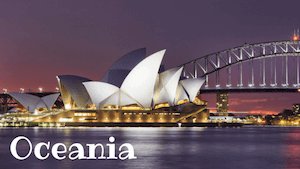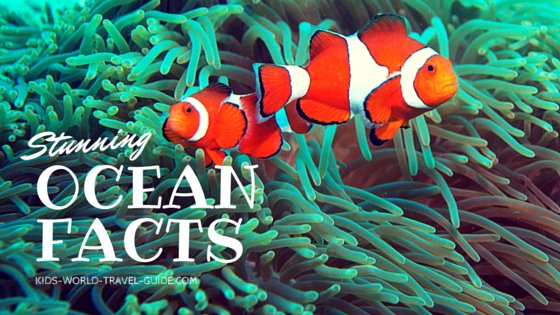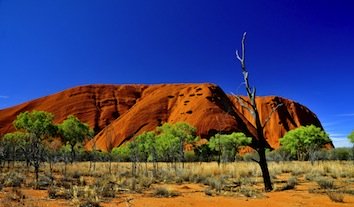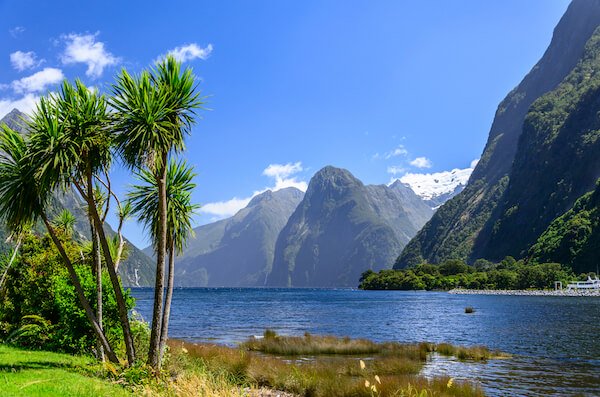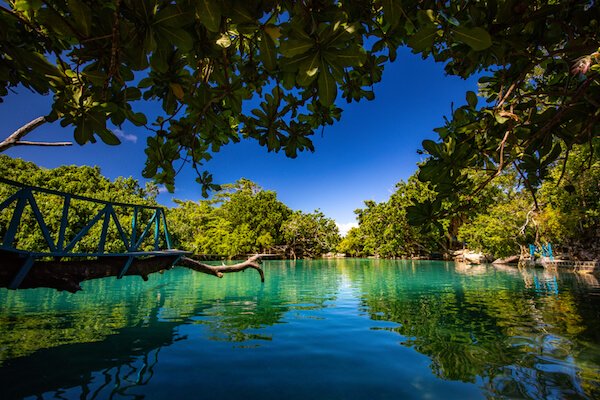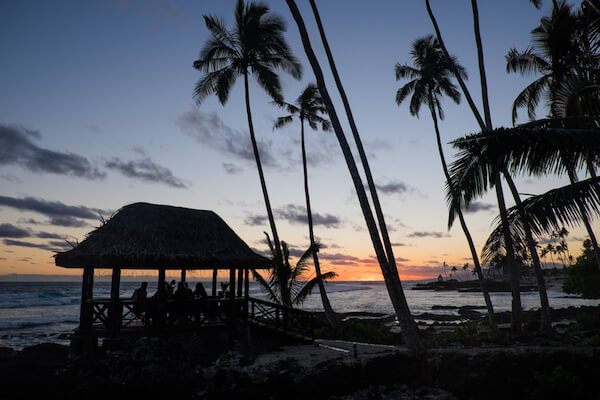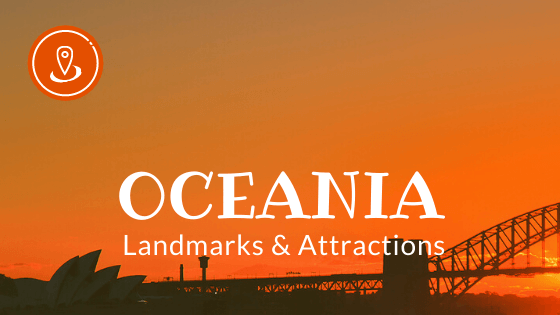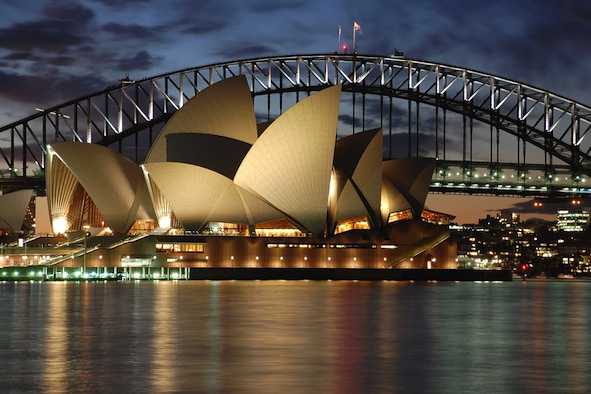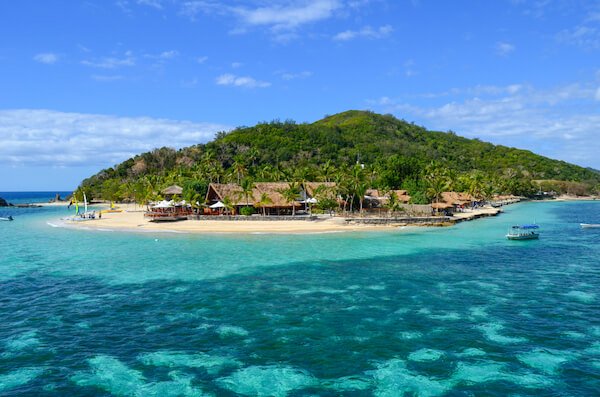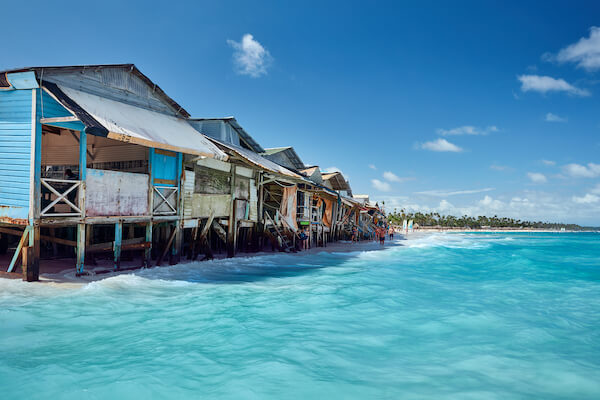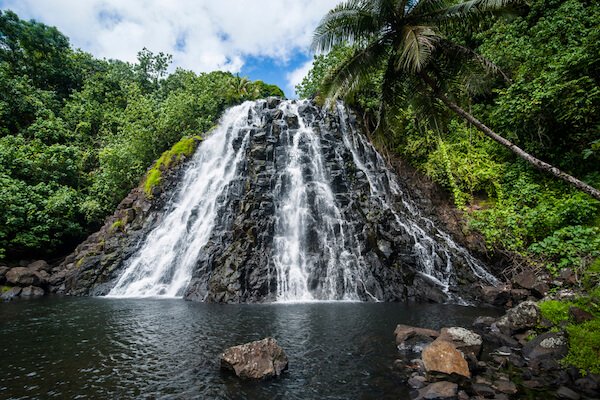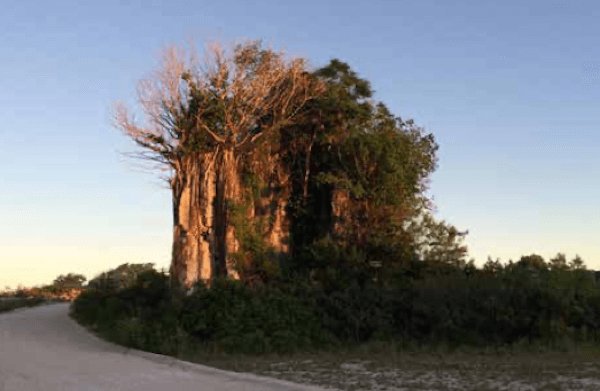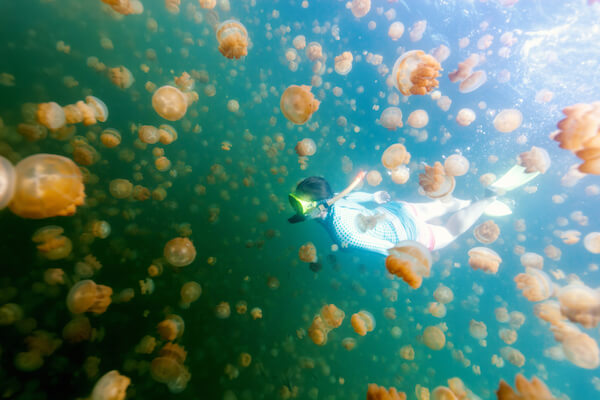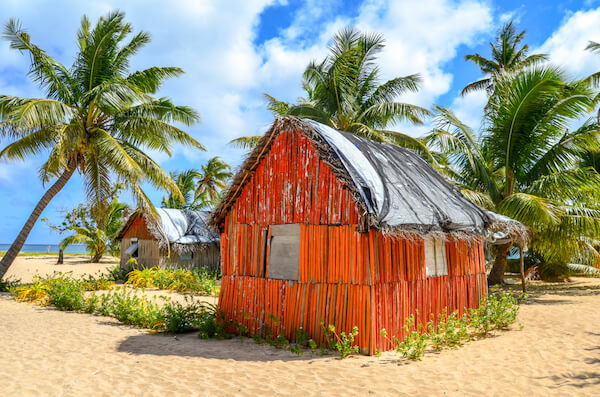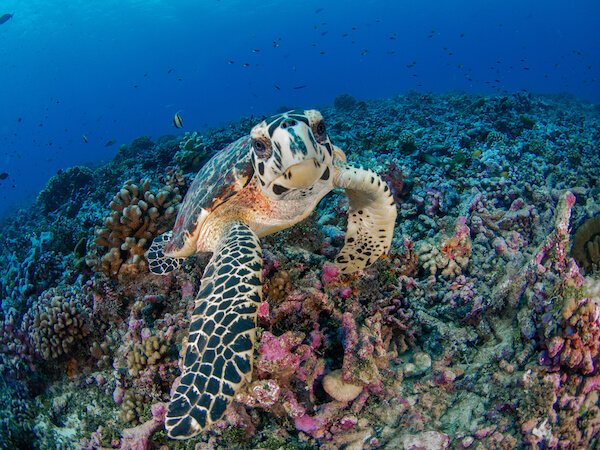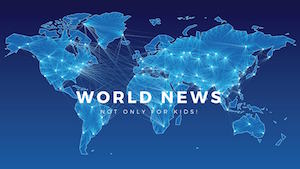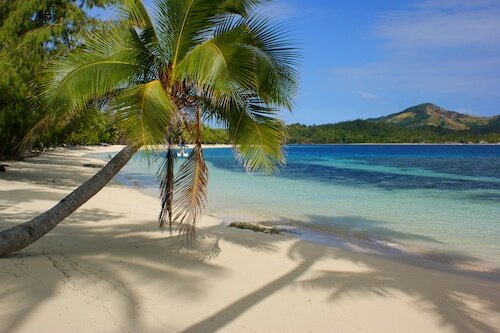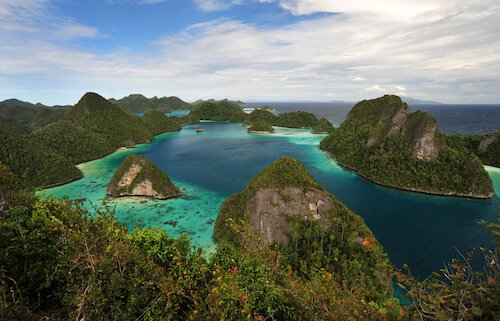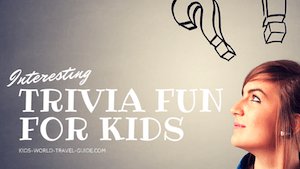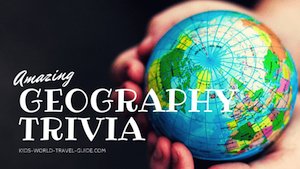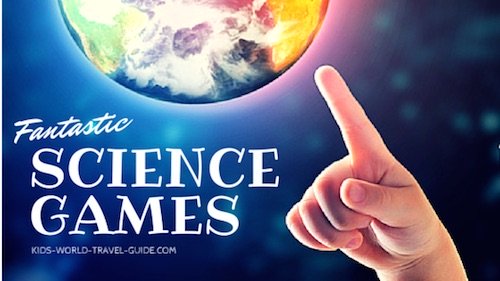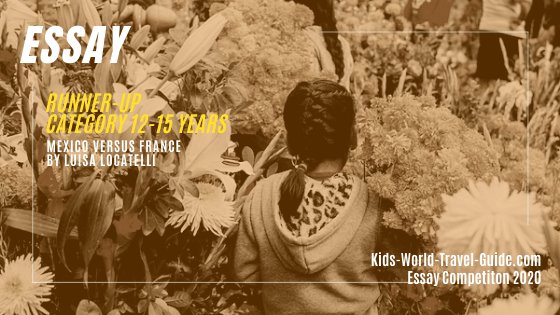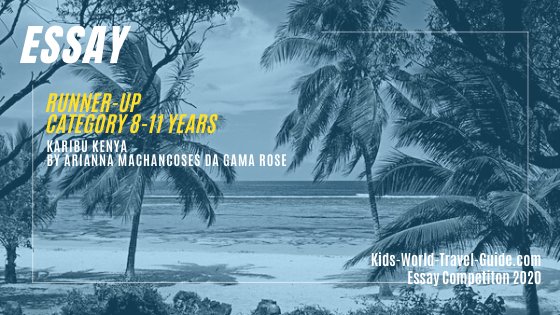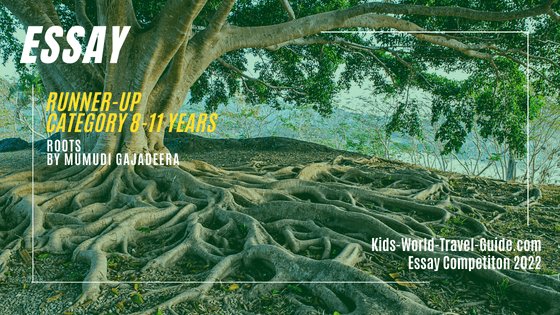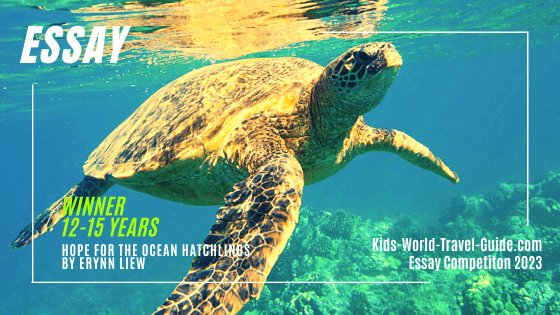- Homepage
- Australia/Oceania
- Solomon Islands
Solomon Islands Facts
30 Solomon Islands Facts for Kids
Here are some interesting facts about Solomon Islands which were chosen and researched especially for kids.
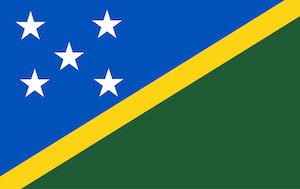 Solomon Islands Flag
Solomon Islands Flag1. Solomon Islands are also referred to as the Solomons. The country is located in the Pacific Ocean South of the equator. The Solomons are located in Oceania.
2. Solomon Islands belong to the Melanesian islands. The group of islands lie to the northeast of Australia and to the east of Papua New Guinea.
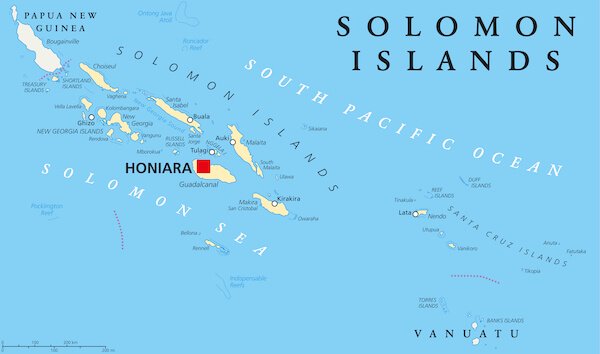 Map of the Solomon Islands
Map of the Solomon Islands3. Solomon Islands have over 900 islands in the South Pacific Ocean and belong to the Solomon Islands archipelago. Six of the islands are larger and inhabited, the others smaller and not all are populated.
Guadalcanal is the largest island of the country.
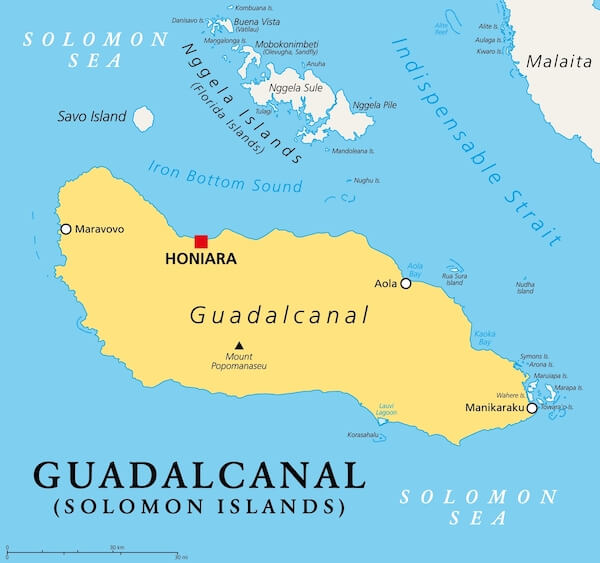 Map of Guadalcanal
Map of Guadalcanal5. The total land area of the Solomons is slightly smaller than Belgium or slightly larger than the size of the state of Maryland/ USA.
6. About 727,000 people live in Solomon Islands. The people are called Solomon Islanders or Solomonese. One in five Solomonese live in cities or towns along the coast.
7. The capital city is called Honiara and is home to about 90,000 people.
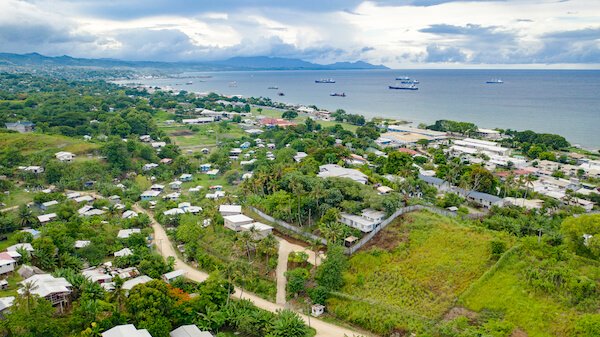 Aerial of the capital city Honiara
Aerial of the capital city Honiara8. The county’s name was introduced by the Spanish explorer Mendaña, who referred to the biblical gold or riches of King Solomon, he expected to find on the islands.
Facts about Solomon Islands
Geography
9. The Solomon Islands house one of the world's second largest raised coral atoll on Rennell island, which is the southernmost island of the archipelago! The islands are mostly flat and built on either volcanic rock or coral formations.
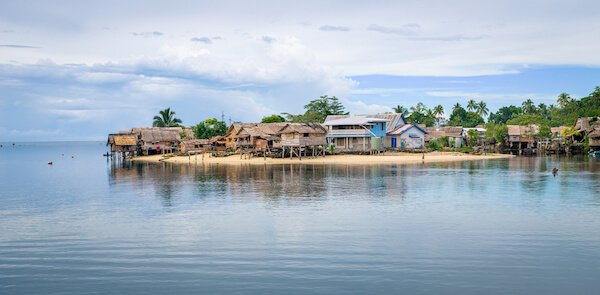 Houses on stilts in Auki - image by Sam Lawrence Photography/shutterstock.com
Houses on stilts in Auki - image by Sam Lawrence Photography/shutterstock.com10. The highest point of the Solomons is Popomanaseu on Guadalcanal Island with 2,335 m/ 7,660 ft.
11. Lake Tegano, which formerly was a lagoon is the largest lake of the Solomons.
12. Solomon Islands has a tropical climate with a warm season from December to May. From November to April strong winds and cyclones can be expected.
Attraction of the Solomon Islands
13. The Solomons have many attractions. Honiara has many museums, landmarks and war memorials.
On the islands you will find also the highest concentrations of wrecks in the Pacific that date back to WWII.
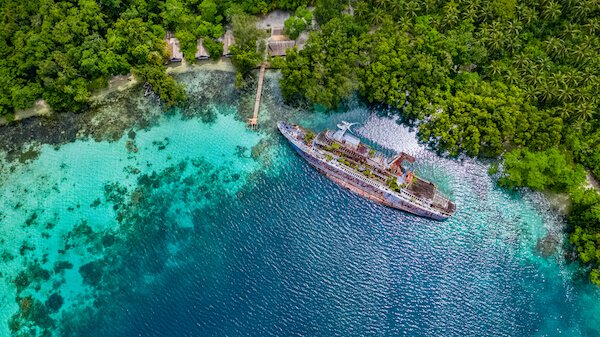
Aircraft, ships and submarines litter the sea floor and the artificial reefs are today among the most popular diving sites - of course apart from the more beautiful natural coral reefs.
14. Marovo Lagoon is the largest saltwater lagoon in the world. Many of the lagoon’s islands are uninhabited meaning the beaches are often deserted and totally unspoilt.
15. Skull islands is the final resting place for the skulls of deceased chiefs and warriors.
Facts about the Solomon Islands People
16. The islands are inhabited since about 1,300 BCE, also the first indigenous people arrived in the area already about 25,000 - 30,000 BCE.
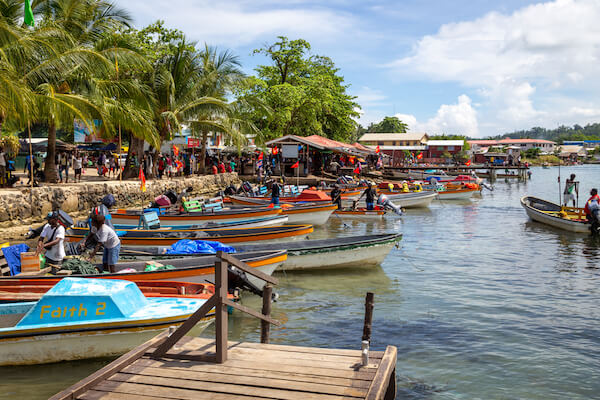 Market Day in Gizo - image by Sam Lawrence Photography/shutterstock.com
Market Day in Gizo - image by Sam Lawrence Photography/shutterstock.com17. The first explorers from Spain, Alvaro de Mendaña, arrived on the islands in 1568. In 1893, the British colonialists the island and called the Solomons a British protectorate.
During the second world war, the islands suffered tremendously. In 1942 the Japanese invaded the islands, the Americans followed and horrendous battles were fought on the islands.
The country gained independence from the UK only in 1978. Independence Day is 7 July.
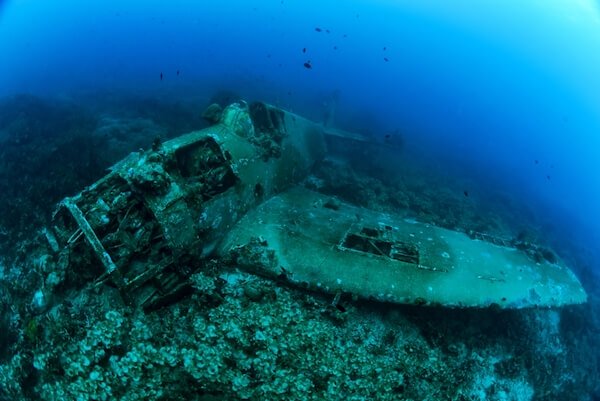 Solomon Islands underwater shipwreck
Solomon Islands underwater shipwreck18. The national colors are red and white and the flag bears a red cross on a white rectangle in the left corner of the red flag.
19. The official language is English, though most of the people on the islands speak a Melanesian pidgin and at least one of the 63 distinct indigenous languages.
20. Most of the Solomon Islanders are Christians. 73% of the Christians are Protestants and 20% Catholics.
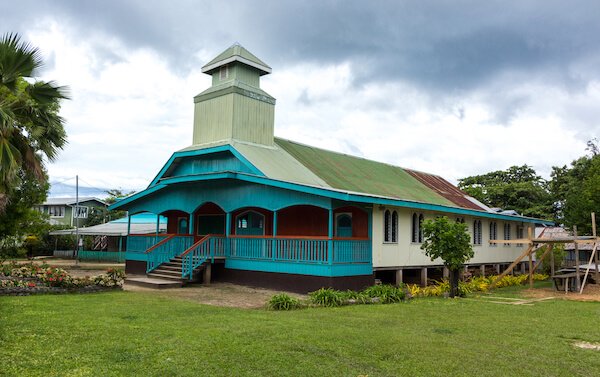 Church in Gizo - image by Ruben M. Ramos/shutterstock.com
Church in Gizo - image by Ruben M. Ramos/shutterstock.comFacts about Solomon Islands
Animals
21. The Solomon Islands are home to over 70 species of endemic birds, that can be only found here.
About 500 species of hard and soft corals live in the waters around the islands and the corals reefs house over 1000 species of fish as well as dolphins, sharks and rays. The especially colourful nudibranch species called Chromodoris annae or Anna's magnificent sea slugs can also be found here.
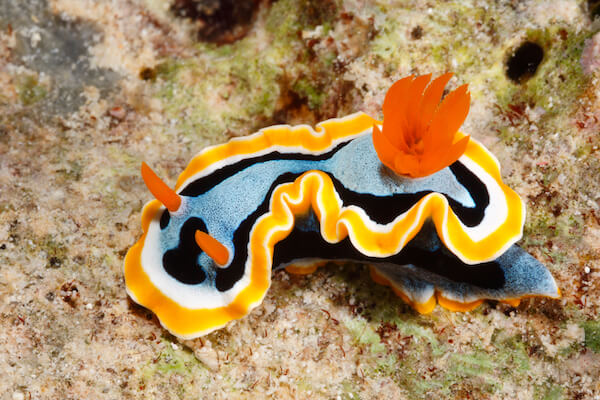 Anna's magnificent sea slugs
Anna's magnificent sea slugs22. Six out of seven marine turtle species live around the Solomon islands.
23. Coral bleaching is a major issue here to and this has an effect on several hundred species of fish that are home in this environment. More than 45% of the country's reefs are at risk from overfishing, damage from ships or overexploitation of the reefs.
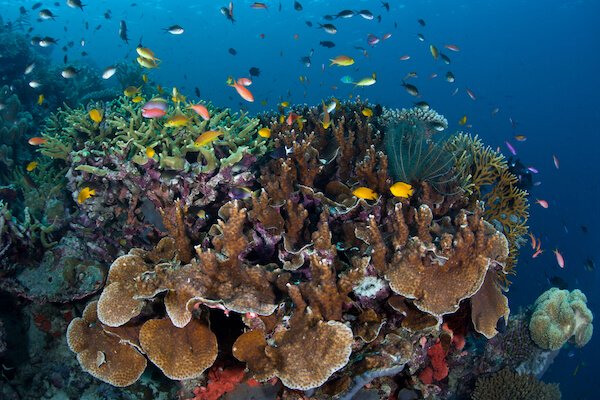 Corals in the Solomons "coral triangle"
Corals in the Solomons "coral triangle"24. The country struggles with deterioration of the natural environment. Due to clearing of land for agriculture and settlement as well as pollution of the water and soil the environment is damaged and coral reefs and marine life are threatened.
The country houses over 40% of the world's mangroves!
Solomon Islands Facts | Economy
25. The main natural resources of the Solomon islands include fish, gold, phosphorus, nickel and zinc.
Most people live from agriculture and fishing.
26. The currency of the Solomon Islands is called Solomon Islands dollar. One dollar is divided into 100 cents.
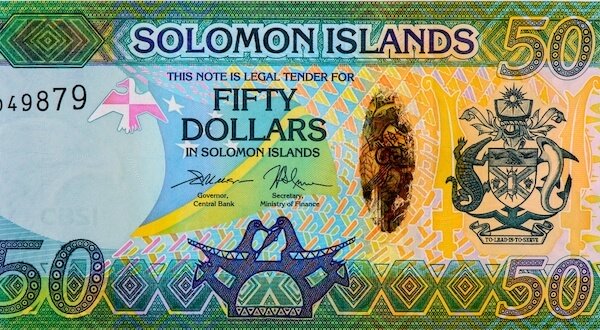
27. Timber, fish and seafood as well as Palm Oil are the main exports.
28. The main trading partners are China, India, Singapore, Malaysia, Australia and Italy.
Facts about Solomon Islands
Food
29. Among the most traditional food in the Solomons is Poi, a purple coloured dish made with taro root paste.
Other popular dishes include yam, taro and rice as well as papaya and sugar cane. Cassava, plantains and breadfruit are basis for many dishes too. Vegetables, fish and metas are often wrapped in banana leaves either for cooking or serving.
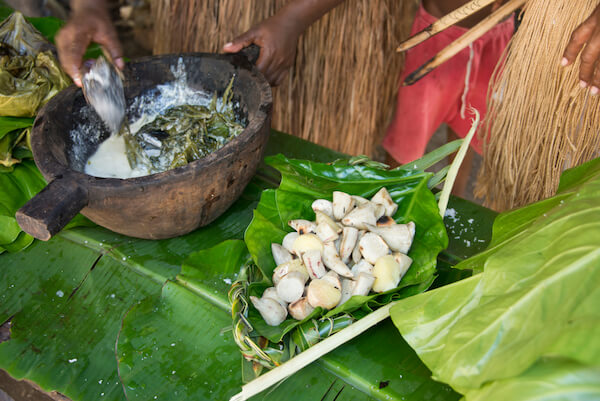 Traditional cooking in the Solomons
Traditional cooking in the Solomons30. Kara is a traditional snack including corned beef wrapped in banana leaf.
Cassava pudding is a traditional dessert made with cassava, sweet potatoes and coconut milk.
Facts about Solomon Islands: Resources
Sources for Solomon Islands Facts page:
- Solomon Islands Tourism. "People and Culture." VisitSolomons. Last accessed 27 June 2024
- National Geographic. "Vistit Solomon Islands." VisitSolomonIslands. Last accessed 27 June 2024
- Central Intelligence Agency. "Solomon Islands." WorldFactBook. Last updated 17 June 2024. Last accessed 27 June 2024
First uploaded: 3 July 2024
Image Credits on Facts about Solomon Islands: photo stock from shutterstock and wikicommons, if not otherwise stated.
We hope you enjoyed reading our Facts about Solomon Islands. Please bookmark this page and spread the word. We will add more information in the near future.
Popular Pages
More about Oceania
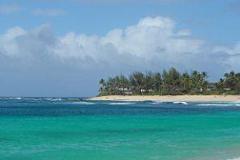 Pacific Ocean Facts
Pacific Ocean FactsMelanesia
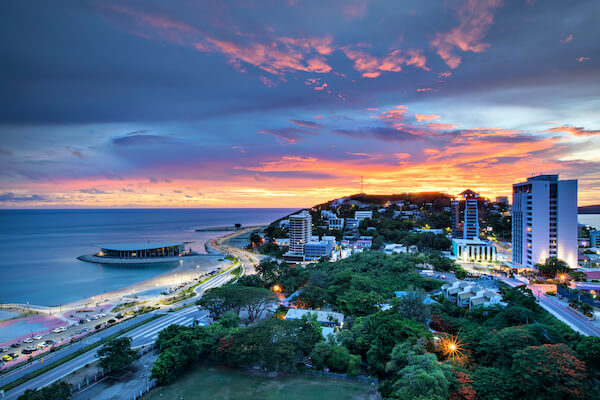 Papua New Guinea
Papua New Guinea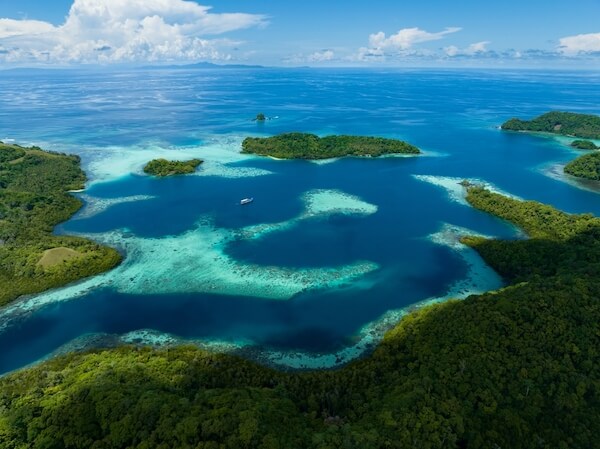 Solomon Islands
Solomon IslandsLike what you read?

|
Simply share the html code below. Copy and paste onto your website, blog or Facebook page: <a href="https://www.kids-world-travel-guide.com/solomon-island-facts.html">Kids World Travel Guide: Solomon Island Facts for Kids</a> |
